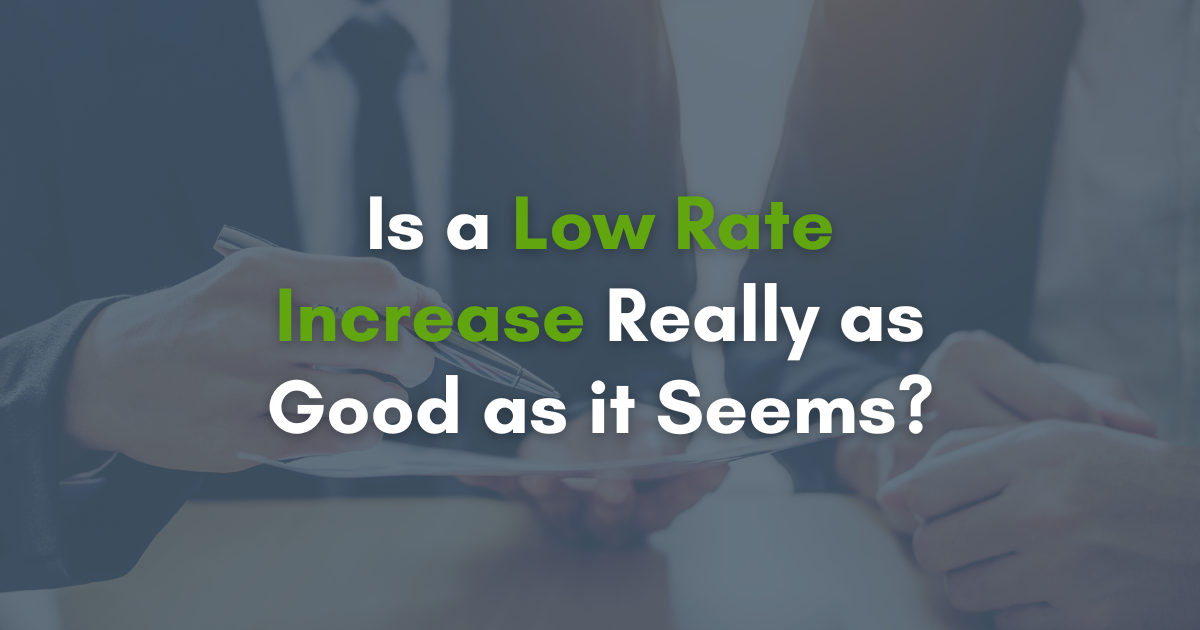
It might sound a bit blunt, but let’s face it. Too many companies feel powerless over their rising health insurance premiums. And when that renewal comes in with a low increase—say, around 5%—many of you might think, “Sign me up! This is a win.” You close out your renewal, and you’re ready to move on.
But let me ask you: Is a low rate increase really as good as it seems?
Or could it actually be a signal for a different opportunity?
Let’s look at it this way: If you’re seeing a 5% increase, that means your health plan has been very profitable—for the insurance company, that is. A 5% bump is like a green light telling you, “Hey, we’re making enough profit here; we don’t need to raise premiums much.” So what happens to those profits? They stay in the insurance company’s pocket. You’re effectively “renting” your insurance plan, and they’re reaping all the rewards.
But what if, instead of letting the insurance company keep the profit, you kept the savings yourself?
That’s the benefit of self-funding your health plan.
Self-funding isn’t about taking on unreasonable risk. It’s about taking control. Think of it like a smart investment. Instead of just paying premiums, you set aside funds to cover your team’s healthcare costs—and if you come in under budget, that money stays with you. You own the program, and 100% of the savings stays in your pocket.
I know what you might be thinking. “Self-funding sounds risky. I’ve heard it’s complicated.” And yes, it’s different. But if you’re getting a low rate increase now, that’s a strong indication that your current claims are low, meaning this is the perfect time to consider self-funding. Rather than waiting until rates skyrocket, this is the moment to start taking charge of your health plan costs.
If you’re ready to see what self-funding could look like for your company, we’re here to help. We can run the numbers, look at your specific situation, and determine the best approach.
Follow DSG Benefits Group on LinkedIn for more insights, or visit http://dsgbenefits.com to learn how we’re helping employers take control of their health plan costs.

